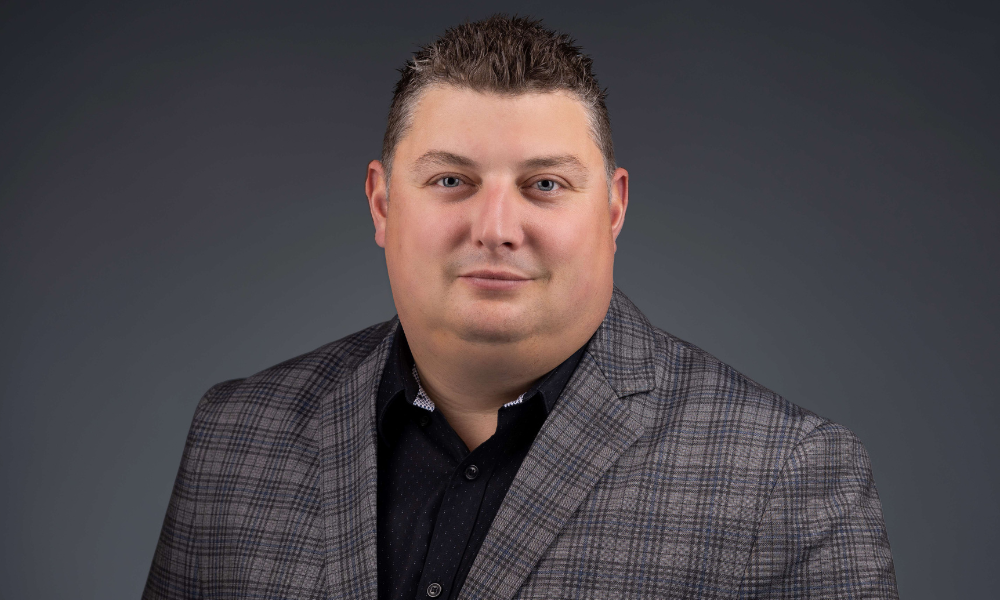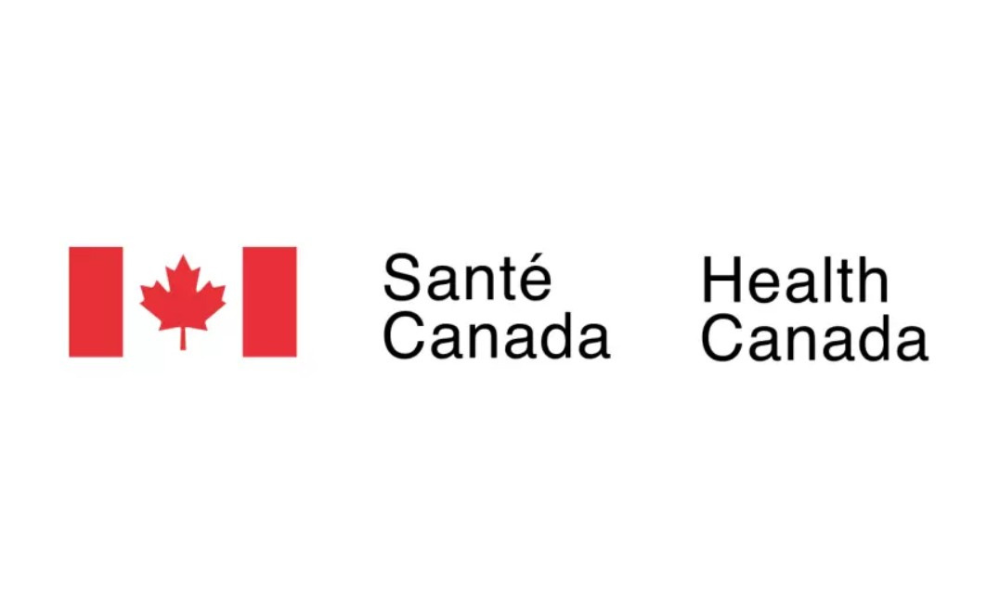How HERO safety program has engaged Brock Canada staff

If culture is the lifeblood of an organization, then safety is its backbone. But finding that perfect balance between values and occupational health isn’t as simple as it seems.
“To get a strong culture, everybody thinks it’s easy—it’s not," says Cody Woolf, the director of health, safety, environmental & quality at Brock Canada.
Woolf has been with Brock Canada for two years and has witnessed firsthand how senior leadership's active involvement on the ground significantly impacts safety culture.
“Boots on the ground is actually senior leadership, your executive leadership, taking the time to get out on the job sites, engaging with the workforce," he explains. "I’ve walked more job sites with our president than I have with any other organization. It shows there’s strong leadership engagement, which is crucial for a strong safety culture.”
According to research from O.C. Tanner, modern, engaged leadership practices increases employee experience by 55%, purpose by 38% and success by 35%. One particular initiative that Woolf is super proud of is their HERO Program, an acronym for Helping Everyone Reach Zero. This program incentivizes employees to act when they see potential safety hazards.
“When workers see something unsafe, they have to act, respond, and intervene," Woolf adds. "We issue them what's called the HERO coin when they intervene and make a difference. It makes a huge difference when people know they’re being recognized for their efforts. It’s amazing what people do when they don’t think anybody’s watching—people actually do care.”
Woolf also discusses the integration of health, safety, environment, and quality assurance (HSEQ) to create a cohesive operational strategy. “
When you have a large-scale project, it’s not just about ensuring people wear their PPE and work safely. It’s about understanding the health hazards, the environmental impact, and the quality standards required for each task. Are we doing everything we can to protect the environment? Are we using the right products for abrasive blasting? Are spills reported and cleaned up properly?”
In his role, Woolf oversees HSEQ operations across Canada, supported by a senior leadership team in Canada & Houston, Texas.
“Working alongside Woolf in Canada is three HSEQ managers who oversee different regions, numerous skilled field HSEQ professionals and HSEQ support staff. The front-line leadership are the ones making the biggest impact. They see day-to-day operations and funnel information up to us, so we can make a change and difference. A lot of it falls on the operations team. It’s not just pushed onto safety professionals; operations leads are very much involved in quality and safety.”
And Brock Canada’s achievement of over one million hours without a recordable incident within the Soogadin business unit is a testament to their rigorous safety implementation.
“It was achieved by being relentless in our theme of going back to basics,” Woolf notes. “If we’re doing the basic things right, chances are the bigger things and more complex issues will also be managed well. We have safety bulletins, safety alerts, and strategic plans that address trends from the previous year.”
Looking ahead, Woolf identifies manpower issues and varying risk tolerances as significant challenges.
“Everyone is always looking for more workers, and it’s hard to find people who want to go into trades,” he says. “As kids, we were always outside, getting dirty. COVID had a big impact—people were stuck inside, not exposed to risks. Organizations need to ensure they’re providing adequate training beyond just a basic orientation.”
To address these challenges, Brock Canada emphasizes the PAUSE program, which stands for Pause, Assess, Understand, Share, and Execute.
“It’s a simple program but makes a big difference,” Woolf says. “We ask workers to take a moment to look around, assess the area, understand the risks, share that information, and then get back to work.”





